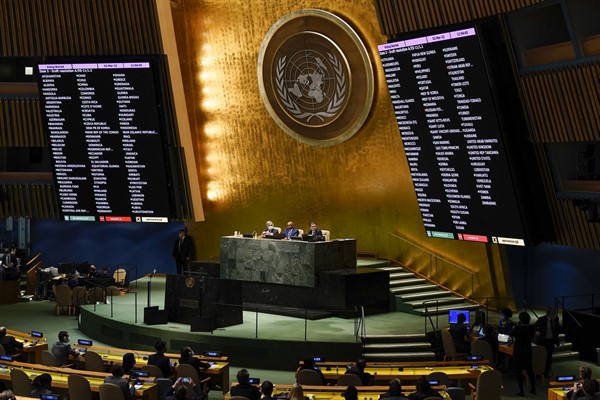While the world remains fixated on the horrific human and political consequences of the conflict in Ukraine, there has been an undercurrent of discourse comparing the extreme attention to this conflict to the intermittent and waning interest over the past few years in civilian suffering and acts of aggression in places like Afghanistan, Syria, Yemen, Ethiopia or Somalia. More could and should have been done in those other conflicts. But there are significant reasons for acute attention to the Ukraine crisis, which might be seen as a war within a larger war—and one that is sure to have ripple effects across the globe.
To begin with, it is important to emphasize that this is only the beginning of this conflict. Since Feb. 24, an estimated 2,000 civilians and several thousand troops have died in Ukraine. It’s correct that these numbers are substantially lower than the registered counts in other conflicts. The Armed Conflict Location and Event project, a nonprofit data aggregation initiative, registered some 42,450 deaths in Afghanistan, 18,410 in Yemen and 11,000 in Myanmar in 2021 alone. But given the pattern of Russian attacks in Ukraine, which have already fallen well outside the standards of international law, the death toll there is certain to increase.
Russia has launched hundreds of missiles and artillery barrages against Ukrainian cities, which have decimated civilian squares and residential areas, and seeded medical facilities and other critical infrastructure with cluster munitions. Where Russian troops faced resistance, as in the seaside town of Mariupul, they deployed siege tactics, blocking civilian evacuation routes and cutting off food, water and electricity for those stuck inside. Despite this wreckage and violence, most Russia-watchers say that the Kremlin has been holding back, and will soon deploy even more lethal and indiscriminate weapons and tactics. With an estimated 43 million Ukrainians remaining in the target zone, the worst is yet to come.

